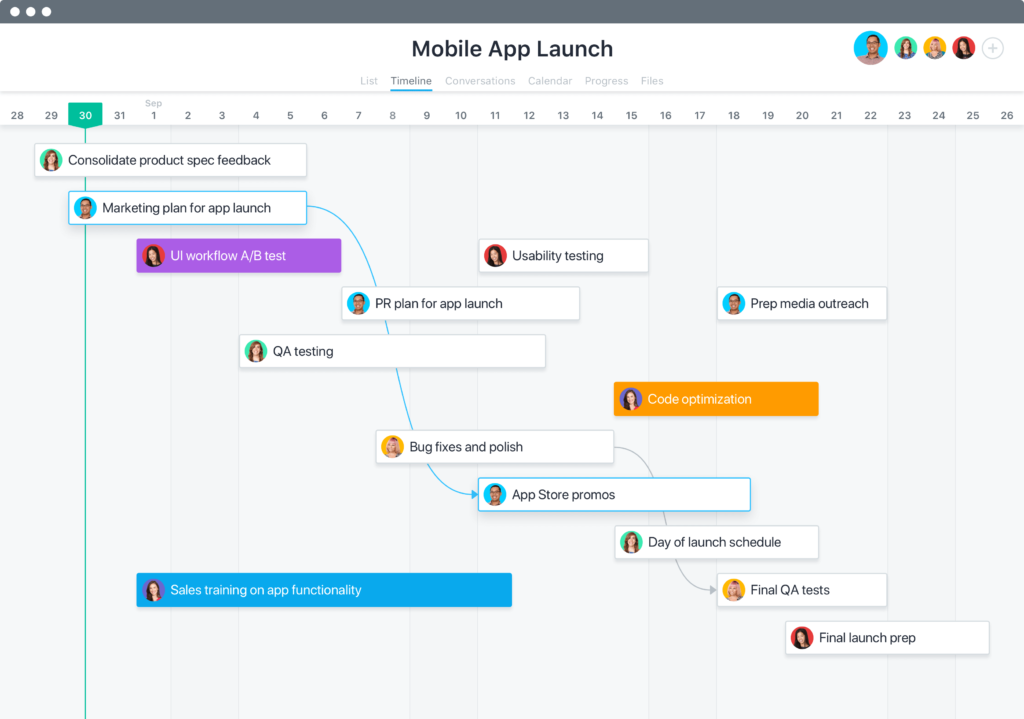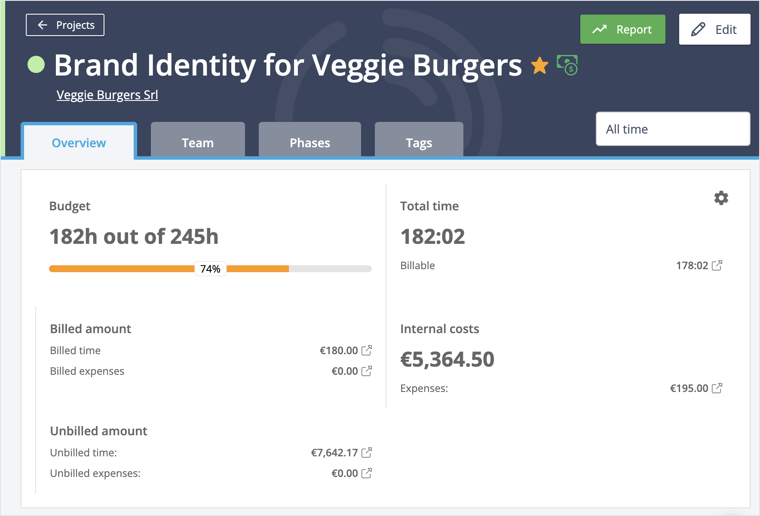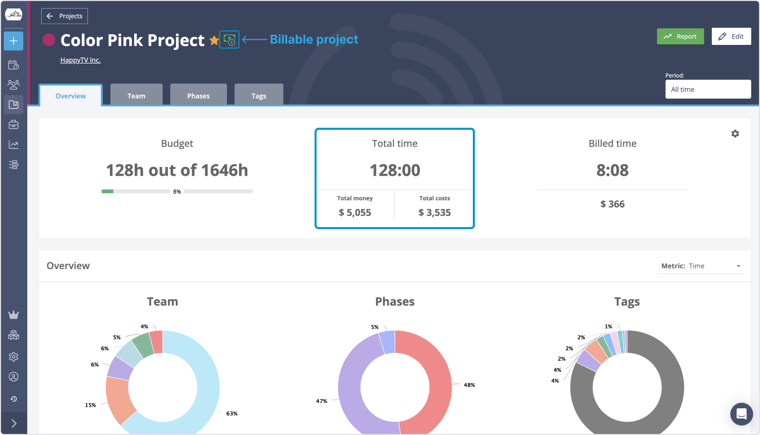Simplify Project Management with Microsoft Planner: a Beginner's Guide
Simplify project management with Microsoft Planner and Timeneye time tracking. Learn how to set up projects, create tasks, track time, and meet...


Bringing a project to success requires managers to juggle many responsibilities and challenges.
In this article, we’ll take a look at one of the main project constraints and how to manage it properly.
Time management can be challenging. So, let's dive in together and learn how we can effectively monitor time constraints.
Experienced and first-time project managers alike should be familiar with at least the basics of project management.
Don’t worry! We’re not going to turn this article in a PM exam syllabus.
Still, project constraints are elements you should be aware of that will influence the outcome of a project.
Traditionally there are three main project constraints:
To borrow a definition from Pmtips.net:
“Project constraints are anything that restricts or dictates the actions of the project team”
Source
The three constraints are strictly linked to each other, and also influence each other. If one takes over, it inevitably affects the other two.
Wrike.com, a project management platform, has created a guide on project management that includes the definitions of the three main project constraints:
Source: https://www.wrike.com/project-management-guide/faq/what-are-constraints-in-project-management/
Given the nature of project management, it is crucial to handle all three constraints with care and attention. However, as someone who specializes in time management and tracking, I believe that the Time constraint deserves extra consideration.
I was a Project manager in Timeneye for a year and a half, and before that, I was a Project Manager at a marketing agency for two years. Let me tell you, timelines and deadlines were the most problematic things to manage.
Because time is a limited resource.
It’s very hard to get back on track when the project runs behind schedule, and a wrong time estimate can create a toppling chain effect on staff and resources.
As a project manager, establish a timeline right away for the project with the client. It’s crucial that the timeline is shared and agreed upon by all parties so that everybody starts on the same page.
Writing everything down will avoid misunderstandings. If you have any concerns about the deadlines, make them clear with the client.
But don’t escape your responsibilities. It’s your job to offer estimates on the project deliverability, agree on the timeline, and then organize people and resources to respect the deadlines.
Once you know the deadlines, you have to distribute the work evenly through the period of time you have.
I suggest breaking the project in intermediate steps ( which may be also required, if you have agreed that the client will pay the project when specific steps have been completed).

It would also be a good idea to assign small deadlines before the main ones, that you’ll use as check-ins to see if the project is on track.
When I worked in digital agencies, our projects were quoted in hours, made up of different phases that had their hourly budget each (For example: “Project website, 40 hours” of which 12 for development, 10 for uploading content, 2 for publication, and so on).
By giving an hourly budget to each part of the project, you can keep the work balanced and make sure a phase doesn’t overtake the others. Or, you can monitor if the project is on track and see warning signs early of going it off-budget.
Once the project has an hourly budget, how do you make sure the team is sticking to it?
A simple solution is to use a time tracking tool. Most of these tools are designed to track time for projects and monitor budgets. Timeneye for example lets users set budgets for projects, phases, and even team members. A progression bar shows how much of the budget has been used.

Read this guide on how to integrate time tracking into project management
Whether you use hourly budgets or not, when you’re dealing with a time-bound project, you and the team should still be tracking time while working on that project.
Again, time tracking software stores all that data and provides useful insights on productivity, resource management, and profitability.
For example, if an employee has an hourly cost for the company, by knowing how many people and how much time they have worked on the project, management can calculate the gain (or loss) once the project is billed.

🚨Deadline approaching!🚨
When managing many projects at the same time, it’s difficult to always have the big picture. Some things may skip from control.
So, when it’s not humanly possible to remember everything, automated alerts will help managers and team members hit every milestone
From Google Calendar events, to Slack bot notifications, to automated reports, there are many tools to make sure every task is completed within the deadline.
Despite all your efforts, you may end up with a project going way off the established timelines.
Keeping an eye on the project progressions and automated alerts help not being caught unawares.
If you notice that the project is likely to miss the deadline, reschedule a new one right away with the client.
Projects are influenced by constraints such as time, cost, and scope.
The time constraint is particularly tricky because time is a limited resource. Project managers can make sure to hit all the milestones in time, with a set timeline, good project planning, and time management tools.
Thank you for reading! If you like this article on how to manage time constraints in a project, make sure to read this guide on how to manage multiple projects at the same time.
Meanwhile, start tracking time and deadlines for your projects, with Timeneye.
Here are two options to kickstart your journey toward enhanced productivity:
1) Try Timeneye for free. If you’d like to see Timeneye in action and possibly test it with your team, you can start your free trial today.
2) Schedule a demo session with us, where we can show you around, answer your questions, and help you see if Timeneye is the right tool for your company.
Simplify project management with Microsoft Planner and Timeneye time tracking. Learn how to set up projects, create tasks, track time, and meet...
How do time tracking and project management go together? Tracking time contribute to a project's success, that reflect both on employees and managers.
Track your time effortlessly in Microsoft Project with the new Timeneye Browser Widget integration. Add the Timeneye button to MS Project and track...